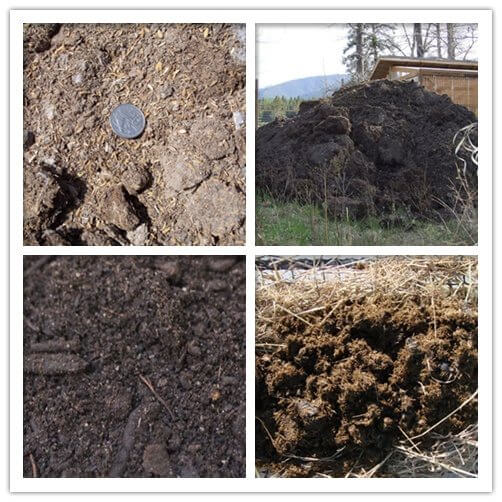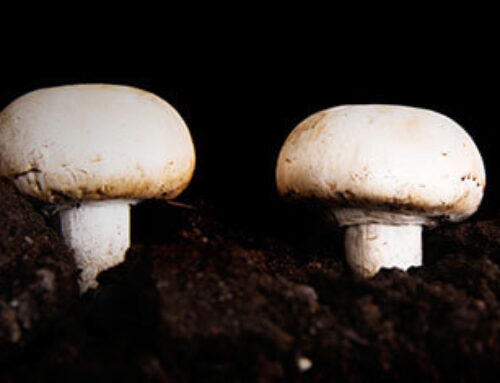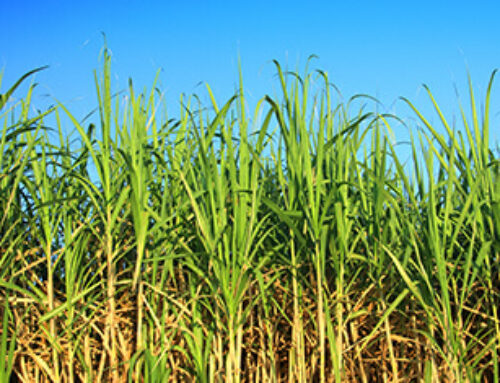Compost Fertilizer Making Process | Profitable Industry for Small Business Owners
Start Your Own Compost Fertilizer Production Business
Compost fertilizer provides air, water, organic matter, and microorganisms to the plants, thus enhancing their growth. It can effectively improve soil structure, enhance soil fertility (keeps insects, plant diseases and weeds away), and decrease fertilizing costs.
It has been verified that the productive and ecological benefits of using compost as organic fertilizer are greater than those obtained from the use of chemical fertilizers alone. Apart from that, the composting sector also holds tremendous economic benefits for developing countries, such as China, Kenya, Nigeria, South Africa, etc.
In recent years, composting has aroused a great deal of interest because of the opportunity to utilize agricultural residues and other organic wastes more efficiently with a potential reduction in environmental pollution levels.
With the increasing demand for organic compost, most new starters keep seeking the most cost-effective compost fertilizer plant set up to take the initiative and gain the upper hand.
In the article, we will introduce our best selling industrial compost production project setup–Small Scale Compost Fertilizer Plant, detail the whole layout, installation of equipment and complete compost-making process. This 1 T/h Compost Fertilizer Plant will be your best choice to move into this new field.
Composting on a Small Scale can be Done through the Following Five Procedures:
—WINDROW PILING PROCESS—
The compost fertilizer is most effective when there is a proper balance between green ingredients, such as green clippings, manure, vegetable and fruit waste and brown waste such as wood, dried leaves, sawdust, straw and paper. Piling the raw materials properly in long narrow windrows. Windrow sizes are usually dictated by the type of turning equipment used, the size of the compost facility, and the volume of incoming feedstocks. Windrow size directly affects the overall capacity of a given site. In small windrow configuration, piles are generally 4-5 feet high and 14 feet across (due to the dimension of widely used windrow turning machines) and up to several hundred feet long.
—WINDROW TURNING PROCESS—
Turning plays an important role in redistributing moisture, moving less degraded material from the outside to the inside of the pile, pathogen reduction, and reducing particle size, thus turning is the most important step in the compost fertilizer-making process, and it determines the quality of final organic fertilizer. Turning frequency is commonly believed to be a factor that affects the rate of compost production as well as compost quality. The composting cycle is 30 days, and the turning frequency is twice a week or once a week depending on the rate of composting reaction. During the active composting stage, the temperature may start to fall because of a lack of oxygen. Turning the material introduces new oxygen and the active composting stage continues. It is important to keep the moisture content of compost between about 40 and 65%. If compost is too wet it can not contain enough air, but if it is too dry it will not converse heat well enough to warm up. To prevent this from happening, turning the compost pile is necessary.
The moisture content can be adjusted by frequent turning through the Hydraulic Auxiliary Wheel Windrow Turner. It greatly shortens the fermentation time, and it can fully turn 400-500 in cubes one hour, suitable for small-scale compost production. While a 50 to 65% moisture(50 to 35% dry matter ) is considered ideal for composting.
—CRUSHING—
If you want to turn waste into valuable compost fertilizer quickly, crushing is also an important step during the whole procedure. After composting, because the compost materials’ water content is about 25-35% and the size is a little bit, it needs to be crushed by a fertilizer crusher machine. In this step, compost fertilizer will be crushed into uniform powder and the moisture will be greatly decreased. Compost fertilizer after crushing is more convenient for screening.
—SIEVING—
Sieving is an auxiliary step that ensures the uniformity of the finished compost fertilizer. The qualified compost fertilizer will be screened for packaging, however, large-size compost fertilizer will be crushed again. For example, a fertilizer is sieved through a 6 mm sieve and is retained on a 1 mm sieve, kept below the 6 mm sieve. The material retained on the 6 mm sieve is larger than 6 mm in size and that passed through the 1 mm sieve is less than 1 mm in size. The material retained on the 1 mm sieve is that with a particle size of between 1 and 6 mm.
—PACKAGING—
The final compost fertilizer will be packed in different weights by using an automatic fertilizer packing machine, including 25 kg, 40 kg and 50 kg. The bagged compost fertilizer is convenient to store and use, and it can also be sold at the organic fertilizer market directly.
The above five steps fully help you understand how to set up a Small Scale Compost Fertilizer Plant by yourself. The set 1 T/h Small Scale Compost Fertilizer Plant is easy, convenient, and practical, and can bring great profits for your business.
Small scale compost fertilizer production line is widely used for processing waste from the small and medium farms into organic fertilizer. It nearly can handle all of the wastes produced by a farm and has strong practicability. It applies to various raw materials, which include the following categories:
- Agricultural waste: corn stalk, wheat straw, grass, leaves, shell, sugarcane waste, mushroom residue, etc.
- Animal waste: chicken, pig, cow, horse, sheep, rabbit manure.
- Other waste: human waste, river mud, kitchen waste
Why Small Organic Fertilizer Production Line is Popular on Farm?
◆Wide application. Almost all the wastes from small and medium farms can be processed into organic fertilizer through our small-scale organic fertilizer production line.
◆Small scale organic fertilizer production line is cheap, easy to operate, achieves automatic production, reducing labor.
◆High production efficiency and short production cycle. The production capacity of the small organic fertilizer production line is 0.8-1 ton per hour. The fastest fermentation period is only 7-10 days.
◆Compact structure, small occupation, low consumption and no pollution to the environment.
◆Using local materials, a wide source reduces the cost of fertilizer application.
Our small-scale compost fertilizer plant setup is your first choice to start an organic compost production business.
———————Reply to Inquiry———————
Inquiry: I am interested in starting my own composting factory “organic waste only” and would love to know the machines would be needed and their prices …. my factory could be set on a large-scale or a small-scale so kindly need to know the prices for both choices if it’s possible.
My Reply: we always recommend new investors in the compost business to start with small scale compost fertilizer plant, because
1) small investment cost/price of less than 30,000USD
2) medium capacity for starters–20~30T/D
3) customized design—professional plant engineer for the proper layout design of such small production lines.








